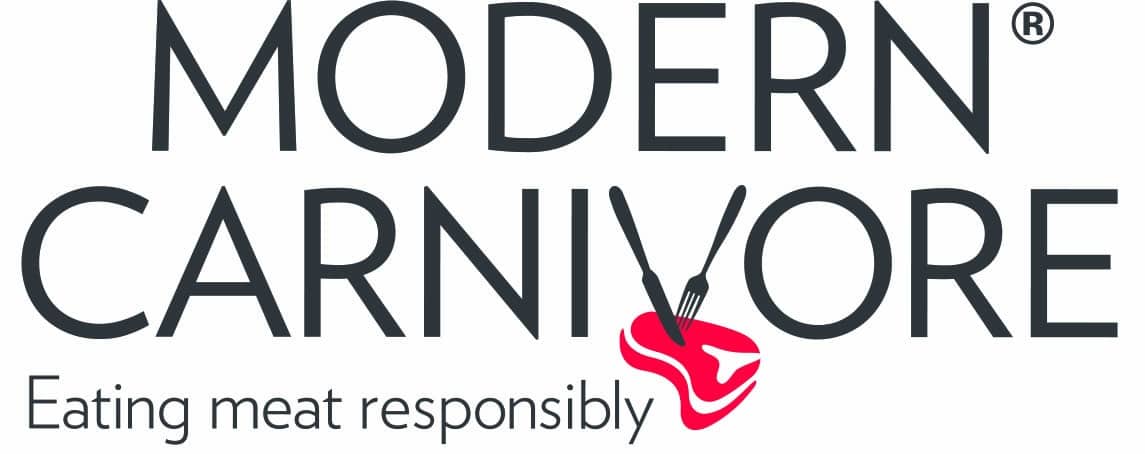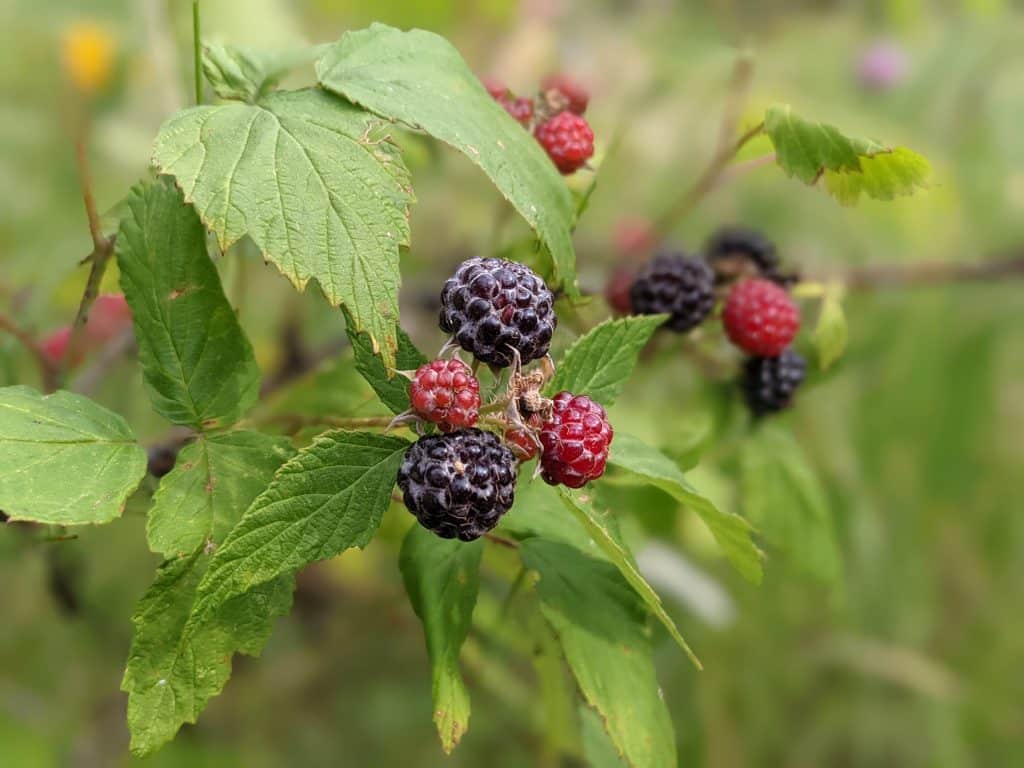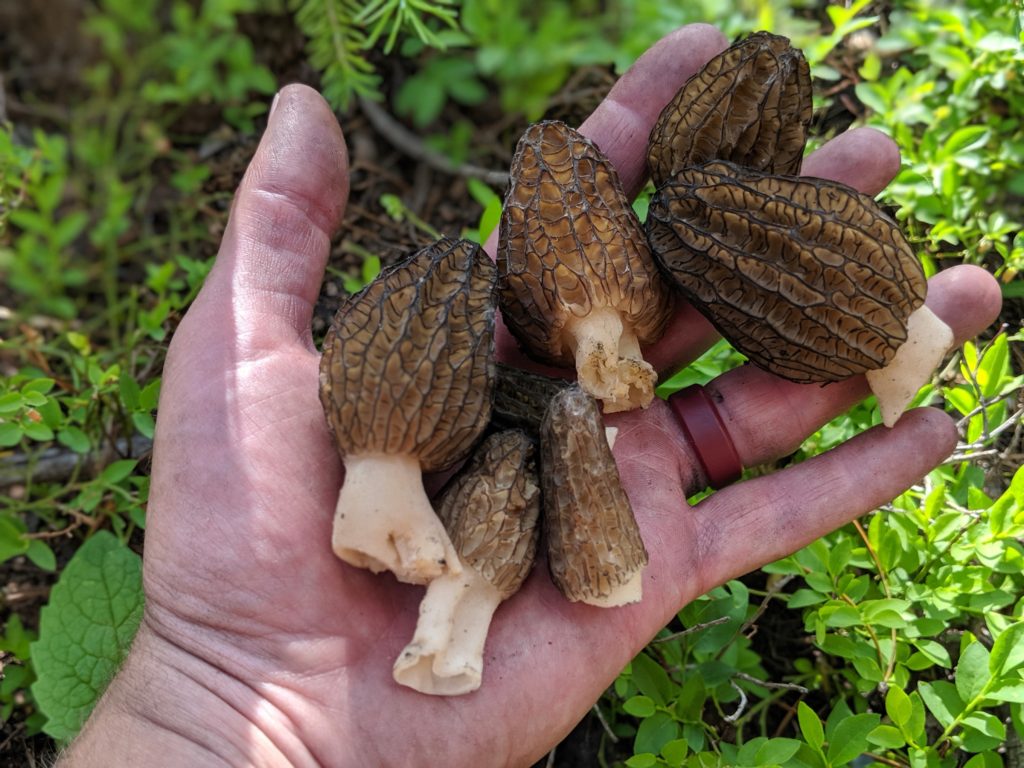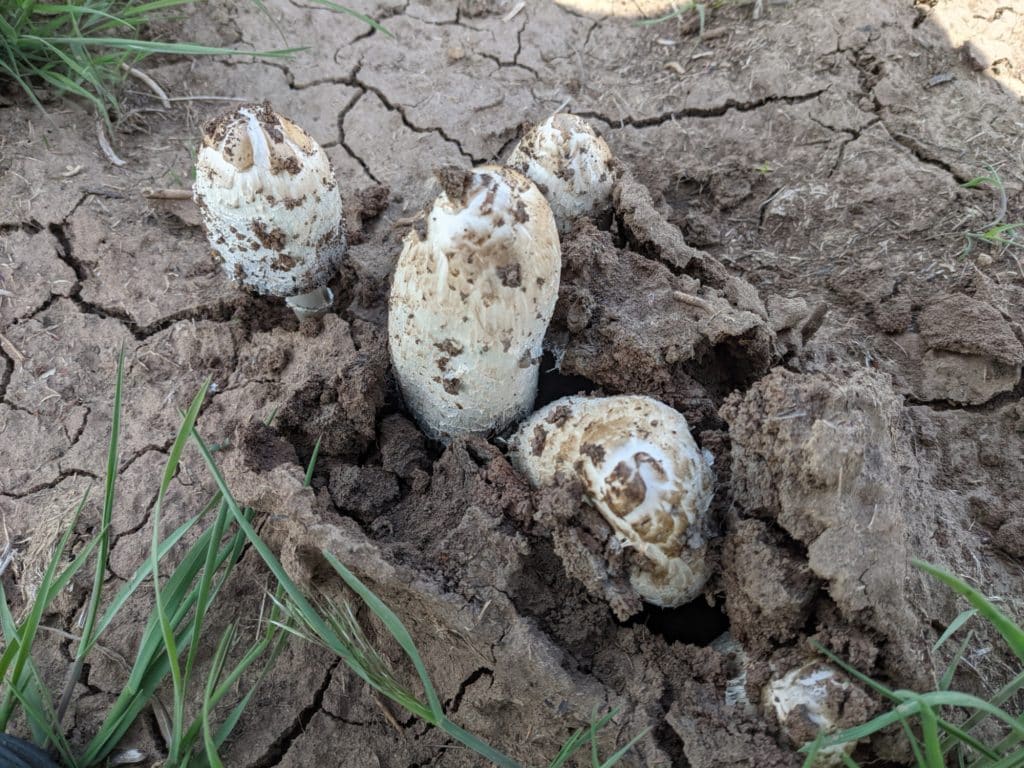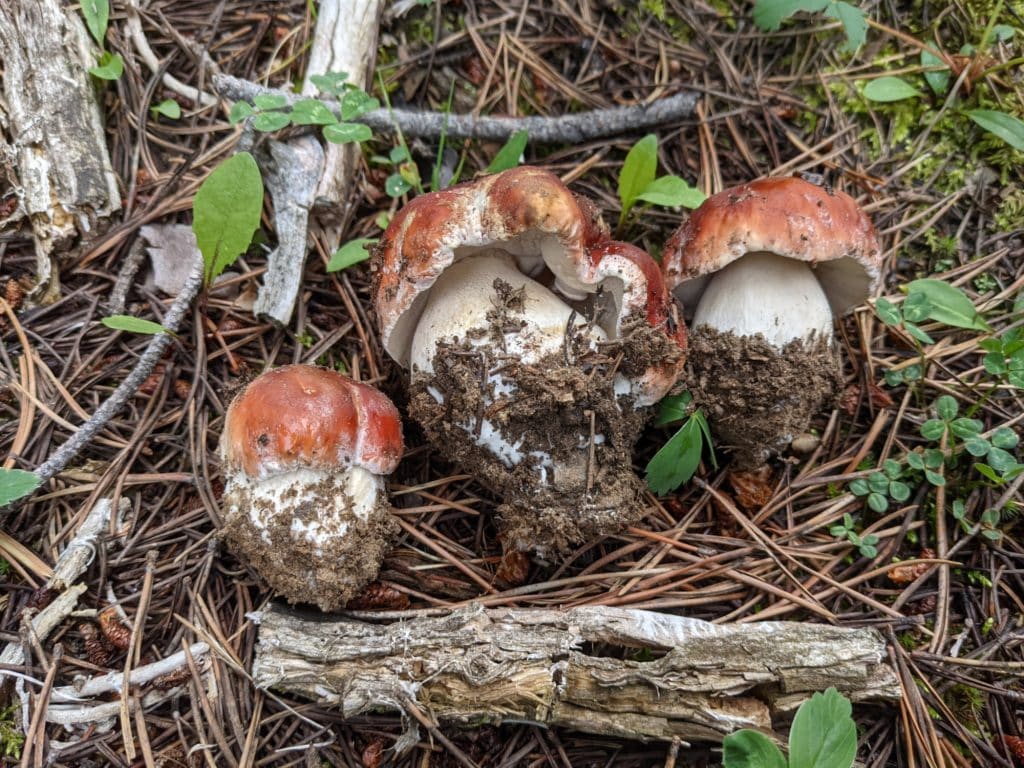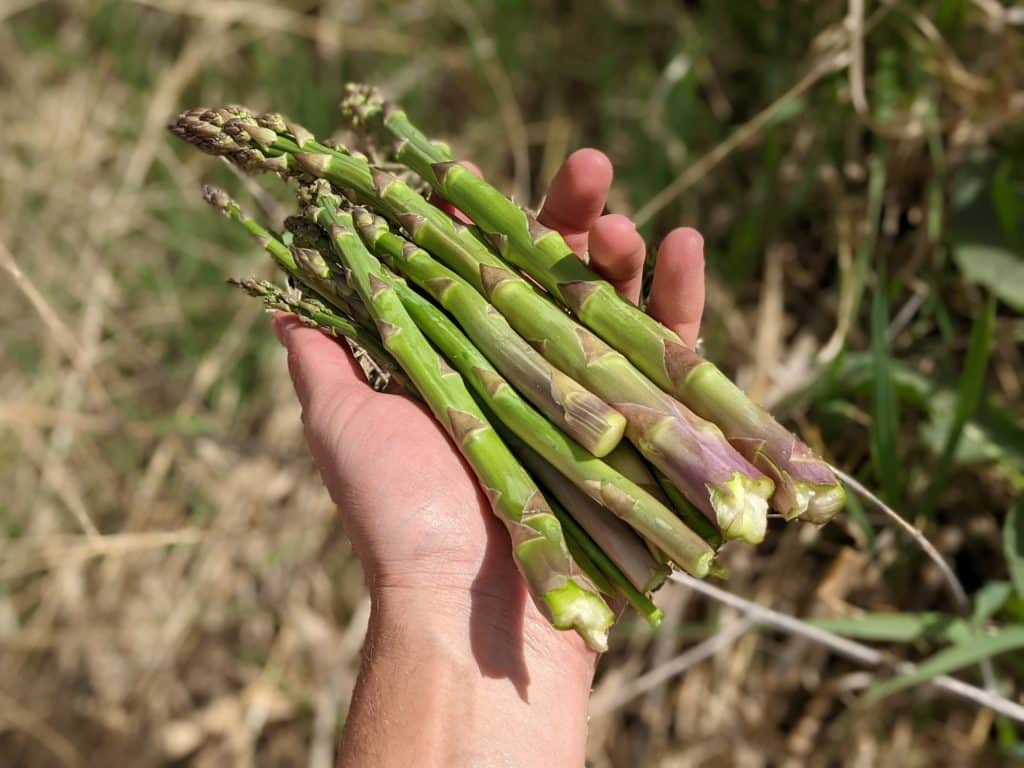How to Forage – An Introduction
What is ‘foraging’ anyways? Well, in the most simple terms it means to, “search widely for food or provisions”. In that sense of the word, foraging could include hunting and fishing, but generally, it’s most often used to refer to the gathering side of ‘hunting and gathering’. For most people, foraging probably brings about images of picking mushrooms, gathering nuts and berries, and collecting baskets of fresh spring greens. In this article, we’re going to talk about that side of the definition!
How to Get Started
As a foraging and wild foods educator, I often get asked about how to get started with foraging, and I always give the same response, “just get out there, and start learning!”. I also follow this up with more advice, as I will do here, but that is the best way to get started!
It’s very easy to get overwhelmed as a beginning forager, so I recommend starting with one to three species and focusing only on those until you feel ready to start adding more! This process of ‘feeling ready’ can take as little as a few hours, or as long as several months. It depends on the species you choose, and how quickly you gain confidence and comfortability in their identification. More on that in a bit. I find that it’s best to start with the more common and easy-to-learn species in your area, I will share some suggestions for these at the end!
Time to Learn
Once you’ve chosen a few species it’s time to start learning! I will use morels as an example. You’ll want to research their identifying features – hollow stem, attached cap, etc, what sort of habitats they prefer in your region – riparian areas with elms, under oaks, burned forests, etc, what season they fruit in – spring for most of us, though here in CO we sometimes get morels into September, what look-a-likes are present in your area and what are the traits that differentiate them – Verpa has a cap that attaches at the top of their stem and cottony fuzz inside the stem, they’re also as edible as morels and good to know!
Repeat this process of learning about your chosen species while also getting out to look for them! When it comes to morels this might not be so easy, but if you’re learning dandelions you can probably start in your backyard! I also want to mention that you should not only focus on the edible species, but you should also become proficient in your ability to identify the most toxic and deadly species in your area. There aren’t an overwhelming amount of dangerous species, but you should know them nonetheless!
Gaining Confidence
Now, let’s touch on the above-mentioned confidence and comfort. The number one rule I follow and teach when it comes to foraging is, “have 100% confidence and comfort in a wild food before you eat it”. That means you’re 100% sure of your identification, no second-guessing, no uncertainties. Then, if you’re confident you need to become comfortable with the idea of eating this new food. There have been many times that I’ve brought something home with the intent of eating it but decided that I’m not quite ready. That’s okay!
This confidence comes with time and familiarity. Study the species you’re hoping to eat, go find it, and observe its traits during its entire life cycle from sprouting to flowering. Look at pictures of it online. Ask questions of people who are more familiar with it than you are! Try to find similar-looking species that you might confuse for the one you’re learning, and what their differences are. The more you do this the faster and easier it becomes.
Misconceptions and Best Practices
There are also some misconceptions about best practices when it comes to foraging. One big one is how to be sustainable and respectful of these plants and mushrooms. Often there are generalized rules thrown out like only take 30%, never take more than 50%, etc. I find these to be too broad and can sometimes even lead to unsustainable practices. It’s best to take each situation as you find it. What I mean by that is that you should stop and consider how much of a thing would be sustainable to take. How much should you leave? Are there possibly going to be other foragers coming through that might also take some? Is it a native plant that might not have a large population? Is it important for wildlife or a noxious weed that is actually damaging the ecosystem that you found it in? There are a lot of parts to this idea, but I think quickly considering these ideas before foraging something is really important! Think about the ecosystem you’re in and become connected to how it functions and what you can do to make it better!
Other more hotly debated topics include best harvesting practices, especially when it comes to mushrooms, first, we’ll talk about plants though! You want to forage that portions that are in season! More specifically, when the plant is focused on those portions, when it’s making flowers the plant isn’t putting energy into making tender leaves or delicious roots. Only take the tender parts when they’re in season. You won’t know those parts until you’re 100% confident in your ID of a plant!
Cutting vs. Picking
For mushrooms, there’s a regularly held debate about cutting versus picking. If you’ve been taught this bit of misinformation that photo above might have bothered you, but it shouldn’t! Firstly, mushrooms are not like plants, a new mushroom will not grow from a cut stem. Mushrooms are in their own kingdom of life, Kingdom Fungi, and have their own biological and physiological traits that we need to consider separate from what we know about plants and animals. The actual mushroom is the fruiting body of the mycelium, the fungal organism that lives in the soil and/or plant material that it’s decomposing. The mycelium has been shown to be unaffected by the picking or cutting of its fruit (Those links are scientific studies and articles regarding this topic).
The best practice, in my opinion, is to use both methods of harvest. Some species are better to cut like morels, chanterelles, and oysters (plucking can damage the substrate, dead wood, if one is not careful). While others are better to pick and then clean up, like the porcini pictured above which has large amounts of stem underground that goes wasted if cut at the surface level. When picking mushrooms, I find a gentle rocking and twisting motion to be best!
Species Recommendations
Plants to Start Learning First:
- Feral asparagus – recorded in every state in the lower 48. If you can ID it at the store you can ID it in nature!
- Dandelion – pretty much everywhere, all parts are edible, but some take special consideration to result in the best eating experience.
- Lamb’s quarters – a common yard and garden weed, related to spinach and very similar in flavor and texture!
- Purslane – another common and delicious weed.
- Salsify – very easy to ID and common all over North America, all parts are edible!
Mushrooms to Start Learning First:
- Morels – only a couple of look-a-like species that are easy to learn. Can be found in most states!
- Chanterelles – harder to find, but easy to learn! Many different species and are widely dispersed.
- Dryad’s saddle – common, easy to ID, but under-appreciated. Should be foraged when small and tender.
- Oyster mushrooms – very common in many places, delicious, and abundant!
- Porcini – not every state has a Boletus edulis, aka King bolete, group member, but many do! Not too many look-a-likes to worry about!
There are these ideas that seem to float around foraging; that it’s this secretive practice, and you need special knowledge and perfect habitats. In reality, it’s just realizing that we’re surrounded by wild foods and then making use of them. You start by gaining respect and appreciation for them, and learning to love them as food! Once you start getting into foraging you gain so much more than a knowledge and a diverse diet. However, those benefits are worth it alone. I find it to be eye-opening for people; look at all of this abundance that I’ve either ignored or was completely unaware of. It’s often surprising how many edible species can be found in backyards! So, if you’re even a little interested in getting into foraging, take the plunge and start learning about the edible plants all around you.
-Orion
More Foraging from Modern Carnivore!!
